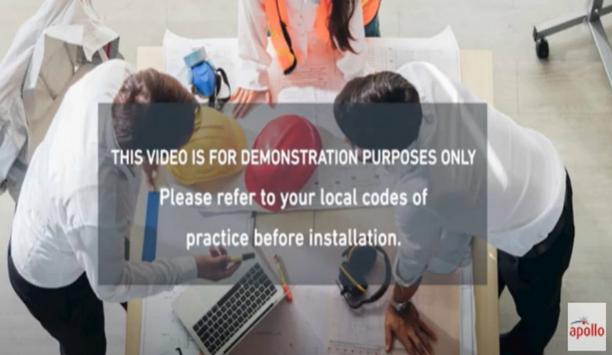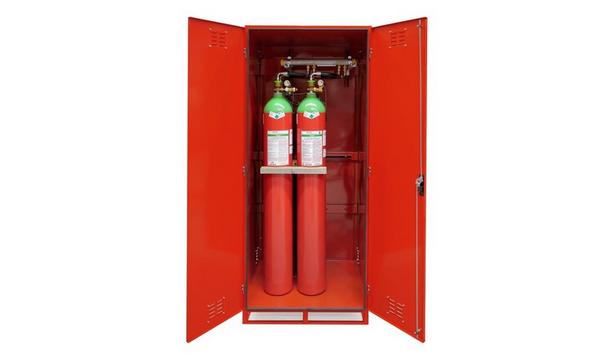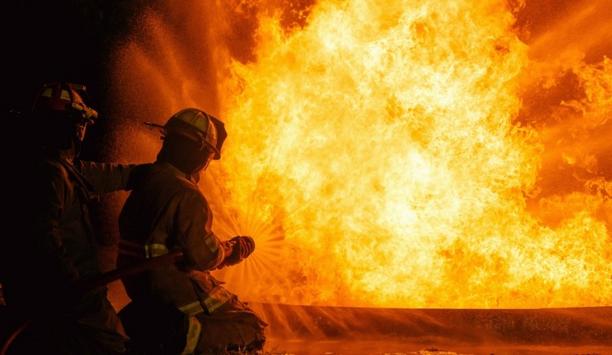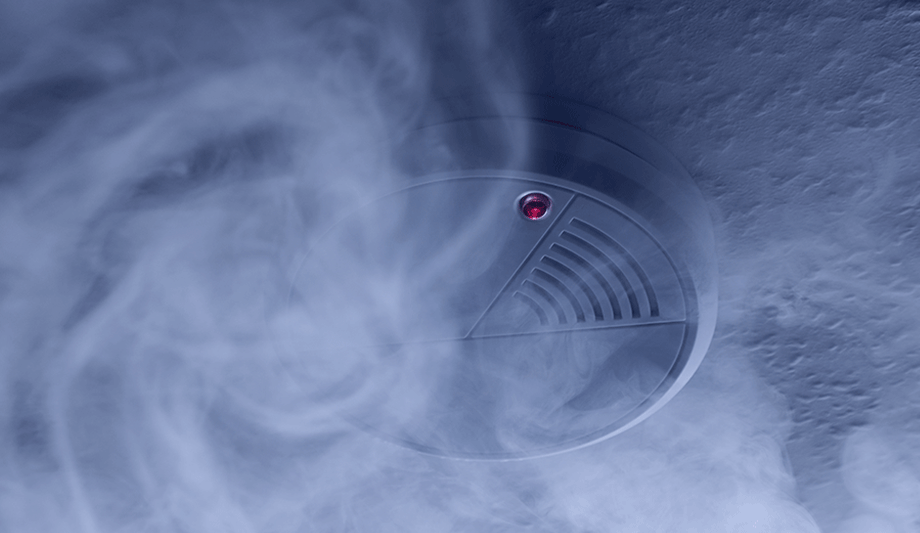 |
| The project aims to determine the best way to communicate fire safety messages to children aged 3-9 |
Through this project, the two organisations are seeking to encourage safety-conscous behaviour in children.
The National Fire Protection Association (NFPA) and the Center for Injury Research and Policy at the Johns Hopkins Bloomberg School of Public Health (JHSPH) announced a joint project titled Strengthening the Impact of Fire and Life Safety Messages on Children. The goal is to determine the best way to communicate fire safety messages to children aged 3-9. Each year approximately 290 children aged 3-9 die as a result of fire in the U.S. This project is made possible by funding from FEMA's Grant Programs Directorate, U.S. Department of Homeland Security, AFG Fire Prevention and Safety Grants.
"Fire departments and other safety educators reach out to millions of children each year to help them learn how to keep themselves safe from fire and other hazards," said Judy Comoletti, NFPA's division manager of public education. "As safety educators, it is vital that we understand and continually review what types of messaging have the greatest impact on children when encouraging them to practice safe behaviors. Resources being developed through this project will guide us and others interested in ways to best reach this young audience and their families with life-saving information."
Through this project, the two organisations are seeking to increase safety behaviors among children. Children will be asked to observe video vignettes that vary how safety content is communicated and how safety messages are framed. Researchers will evaluate what they learn, which types of messages have the most impact on children and how their parents react to the program.
A guide for developing educational materials will help others involved in fire and life safety programs |
"The outcomes of this study will contribute to understanding how children and their parents react to safety messages," said Andrea Gielen, ScM, ScD, director of the Johns Hopkins Center for Injury Research and Policy. "Despite the fact that injuries are the number one cause of death for children in the U.S., little is currently known about how best to reach them with safety information."
To ensure the outcomes of this study will impact future health education work, a guide for developing educational materials will be developed to help others involved in fire and life safety programs. The guide will be available on NFPA's web site for use by any fire department or other fire safety organisation. The project is slated to be completed by July 2010.











